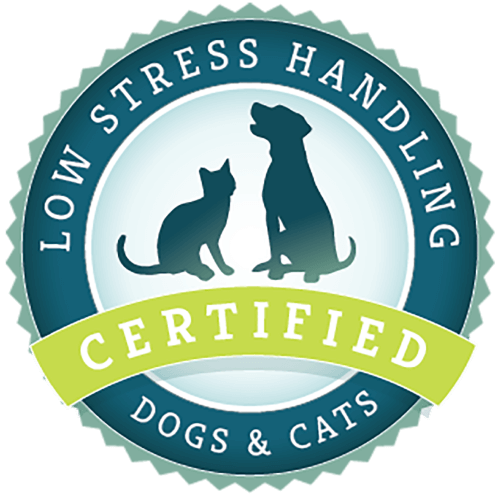What article are you looking for?
Category: I am a Veterinary Professional
Dog Bite Prevention: How Kids and Adults Should Greet Dogs Safely
The Center for Disease Control estimates that 4.5 million Americans are bitten by dogs every year. Nearly 20% of those bitten seek medical attention and approximately 1000 victims per day require a visit to the hospital emergency room. Of those bitten, the most at risk are kids between 6–9 years of age. One way to prevent bites is for kids to learn how to greet and interact appropriately with dogs. The underlying cause: First off, it’s important for kids and adults to realize that some dogs are afraid of or uncomfortable with unfamiliar people. When we approach them, we think we look pretty
Experts Say Dominance-Based Dog Training Techniques Made Popular By TV Can Contribute to Bites
As Dog Bite Prevention week is being recognized across the United States, experts agree that one of the contributing factors to the 4.7 million dog bites that occur each year may be owners mimicking what they see on T.V. Dr. Jennie Jamtgaard, an applied animal behavior consultant and behavior instructor at Colorado State University College of Veterinary Medicine gives an example: “I saw an Australian Cattle Dog mix with severe aggression (lunging, growling, barking) directed at other dogs whenever they came into view, even hundreds of feet away. The dog was fine with people and had never been aggressive to
Preventing Dog Bites
As Dog Bite Prevention Week is being recognized across the United States, the Center for Disease Control reports that 4.7 million Americans are bitten by dogs every year. Nearly 20% of those bitten seek medical attention and approximately 1000 victims per day require a visit to the hospital emergency room. Not surprisingly, one group at risk is animal care professionals—veterinarians, groomers, shelter workers and people who work or volunteer in the animal care field. A majority of bites could be prevented if animal care professionals recognized the warning signs and took a more sensitive and deliberate approach to handling. After spending over a year studying what makes
Keeping Flea Products Straight
With so many canine and feline flea and tick products on the market, you practically need a course to help you decide which one to use. According to Ronald Baynes, DVM, PhD, an associate professor of pharmacology at North Carolina State University College of Veterinary Medicine, knowing the mechanism of action is key to sorting things out. Organophosphates and carbamates (kills and repels fleas and ticks) Among the first class of products used on pets was the organophosphate and carbamate insecticides used in foggers, dips, and sprays. These anticholinesterase insecticides work by inhibiting acetylcholine esterase, the enzyme responsible for breaking down the neurotransmitter acetylcholine at
Students and Veterinarians Learn Low Stress Veterinary Handling
Madison, Wisconsin, April 25, 2009. It’s a quiet, gray day outside in Madison, Wisconsin, but inside, the room’s abuzz. Fifteen dogs of various sizes are being handled by veterinarians and veterinary students in the Happy Pets, Happy Vets behavior and low stress handling workshop. The workshop, organized by the Behavior Club at the School of Veterinary Medicine, University of Wisconsin is my first symposium in Wisconsin. The event, consisting of a full-day lecture and half-day lab is so popular that it has to be held at a larger venue, an off-sight hotel. And a number of lecture participants are wait-listed
Dog Eats Chocolate: Case of Chico and Cadbury Chocolates
Easter is typically a time when families come together and participate in numerous traditions. For some this means going to church. For others the focal point is the Easter egg hunt and Easter baskets. But for one little dog representing a not-so-unusual case, it involved some Cadbury chocolates and a veterinary visit. It was the day after Easter, and while his owners were out, Chico the scrappy fox terrier was planning an hour of mischief. Finally, his chance had come to examine the previous day’s delivery. One by one he plucked the morsels from their bright yellow baskets. It was

Low Stress Handling® Silver-Level Certification
Individual Certification at this level demonstrates to clients and employers the individual’s dedicated interest in Low Stress Handling®. Hospital Certification at this level demonstrates to clients and staff the hospital’s commitment to appropriately training staff in Low Stress Handling® methods.
Learn More
